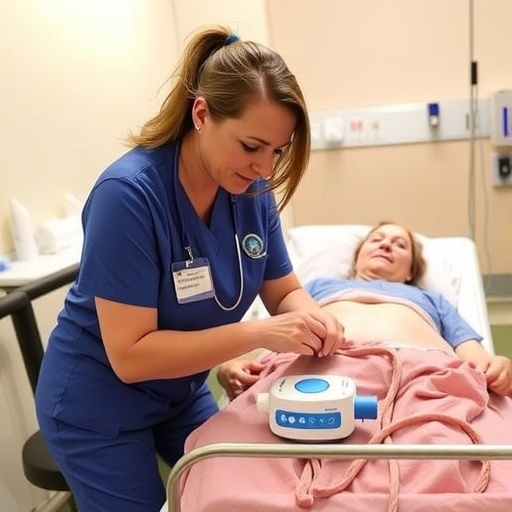Because most people who smoke cigarettes begin young, public health efforts to prevent tobacco use among youth are a priority.
The increasing popularity of electronic nicotine delivery systems (ENDS) or e-cigarettes, also called personal vaporizers, vape pens, e-cigars, e-hookah, vaping devices, mod systems or pod systems, raises concerns about normalizing cigarette smoking and perpetuating nicotine addiction. This can create dual users who both vape and smoke.
New research led by the Prevention Research Center of the Pacific Institute for Research and Evaluation features analysis of in-depth, qualitative interviews with young vapers in California between 15 and 25 years of age.
The interviews focused on:
- youth’s experiences and reasons for ENDS initiation and use
- initiation pathways by self-reported use and age of initiation of
ENDS and cigarettes including smoking to vaping, vaping to
smoking, and vaping only - the meanings young people ascribe to their dual use practices
and how those meanings relate to the tobacco control
environment.
Results show that the most common pathway of use reported by participants was smoking to vaping (74%) followed by vaping prior to smoking, and then vaping but never smoking.
The results also show that, regardless of initiation pathway, youth were generally aware of the health consequences of smoking and engaged in use of nicotine products after considering the risks. They perceive the use of ENDS as a way to avoid smoking.
Said one 20-year old participant who had been smoking since she was 15:
[Vaping] was a little bit of a conscious decision. I wanted to lower the amount of nicotine I was getting daily. I tried [to quit smoking] cold turkey before. I couldn’t do it. It was just way too hard…So…I tried the e-cigarettes and the vapes. And I was ‘well, this isn’t that bad’. It was more customizable…flavors and you can control the nicotine levels. So ‘okay, I like this’… I mostly kind of sort of moved away from the traditional cigarettes. Like I still buy a pack every now and then, but I don’t go through them as fast as I used to…I still get the craving, but I’m more likely to reach for my vape versus a cigarette.
The study highlights the need for public health professionals to acknowledge harm reduction strategies of youth users of ENDS as public health messages are constructed and as policies for smoking cessation are crafted.
Says lead author, Dr. Tamar Antin, “I think we, as public health professionals, need to take a step back to consider whether our approaches to e-cigarettes have been shaped in way that will ultimately benefit the health of all young people.”
###
Source #1: Antin, T.M., Hunt, G., Kaner, E. and Lipperman-Kreda, S., 2019. Youth perspectives on concurrent smoking and vaping: Implications for tobacco control. International Journal of Drug Policy, 66, pp.57-63.
Source #2: Antin, T., Hess, C., Kaner, E., Annechino, R. and Hunt, G., 2019. Pathways of Nicotine Product Use: A Qualitative study of Youth and Young adults in California. Nicotine & Tobacco Research. DOI: 10.1093/ntr/ntz028.
PIRE is an independent, nonprofit organization merging scientific knowledge and proven practice to create solutions that improve the health, safety and well-being of individuals, communities, and nations around the world. http://www.
The Prevention Research Center (PRC) of PIRE is one of 16 centers sponsored by the National Institute on Alcohol Abuse and Alcoholism (NIAAA), of the National Institutes of Health, and is the only one that specializes in prevention. PRC’s focus is on conducting research to better understand the social and physical environments that influence individual behavior that lead to alcohol and drug misuse. http://www.
The Resource Link for Community Action provides information and practical guidance to state and community agencies and organizations, policy makers, and members of the public who are interested in combating alcohol and other drug abuse and misuse.
https:/
Facebook: facebook.com/PrevResources
Twitter: twitter.com/PrevResources
LinkedIn: linkedin.com/company/PrevResources
If you would like more information about this topic, please call Sue Thomas at 831.429.4084 or email her at thomas.pire.org
Media Contact
Kathy Stewart
[email protected]
https:/




